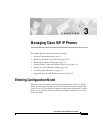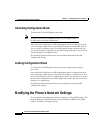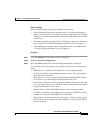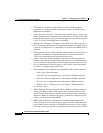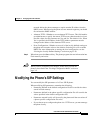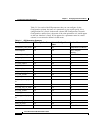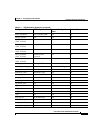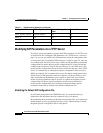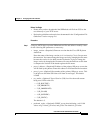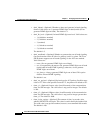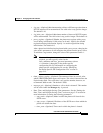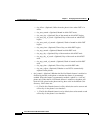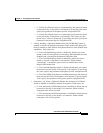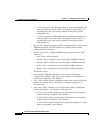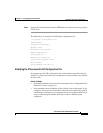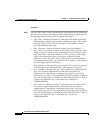
3-9
Cisco SIP IP Phone 7960 Administrator Guide
78-10497-02
Chapter 3 Managing Cisco SIP IP Phones
Modifying the Phone’s SIP Settings
Before You Begin
•
Ensure that you have downloaded the SIPDefault.cnf file from CCO to the
root directory of your TFTP server.
•
Review the guidelines and restrictions documented in the “Configuration File
Guidelines” section on page 2-6.
Procedure
Step 1
Using an ASCII editor, open the SIPDefault.cnf file and define or modify values
for the following SIP parameters as necessary:
•
image_version—(Required) Firmware version that the Cisco SIP IP phone
should run.
Enter the name of the image version (as it is release by Cisco). Do not enter
the extension. You cannot change the image version by changing the file name
because the version is also built into the file header. Trying to change the
image version by changing the file name will cause the firmware to fail when
it compares the version in the header against the file name.
•
proxy1_address—(Required) IP address of the primary SIP proxy server that
will be used by the phones. Enter this address in IP dotted-decimal notation.
•
proxy1_port—(Optional) Port number of the primary SIP proxy server. This
is the port on which the SIP client will listen for messages. The default
is 5060.
•
tos_media—(Optional) Type of Service (ToS) level for the media stream
being used. Valid values are:
–
0 (IP_ROUTINE)
–
1 (IP_PRIORITY)
–
2 (IP_IMMEDIATE)
–
3 (IP_FLASH)
–
4 (IP_OVERIDE)
–
5 (IP_CRITIC)
The default is 5.
•
preferred_codec—(Optional) CODEC to use when initiating a call. Valid
values are g711alaw, g711ulaw, and g729a. The default is g711ulaw.



